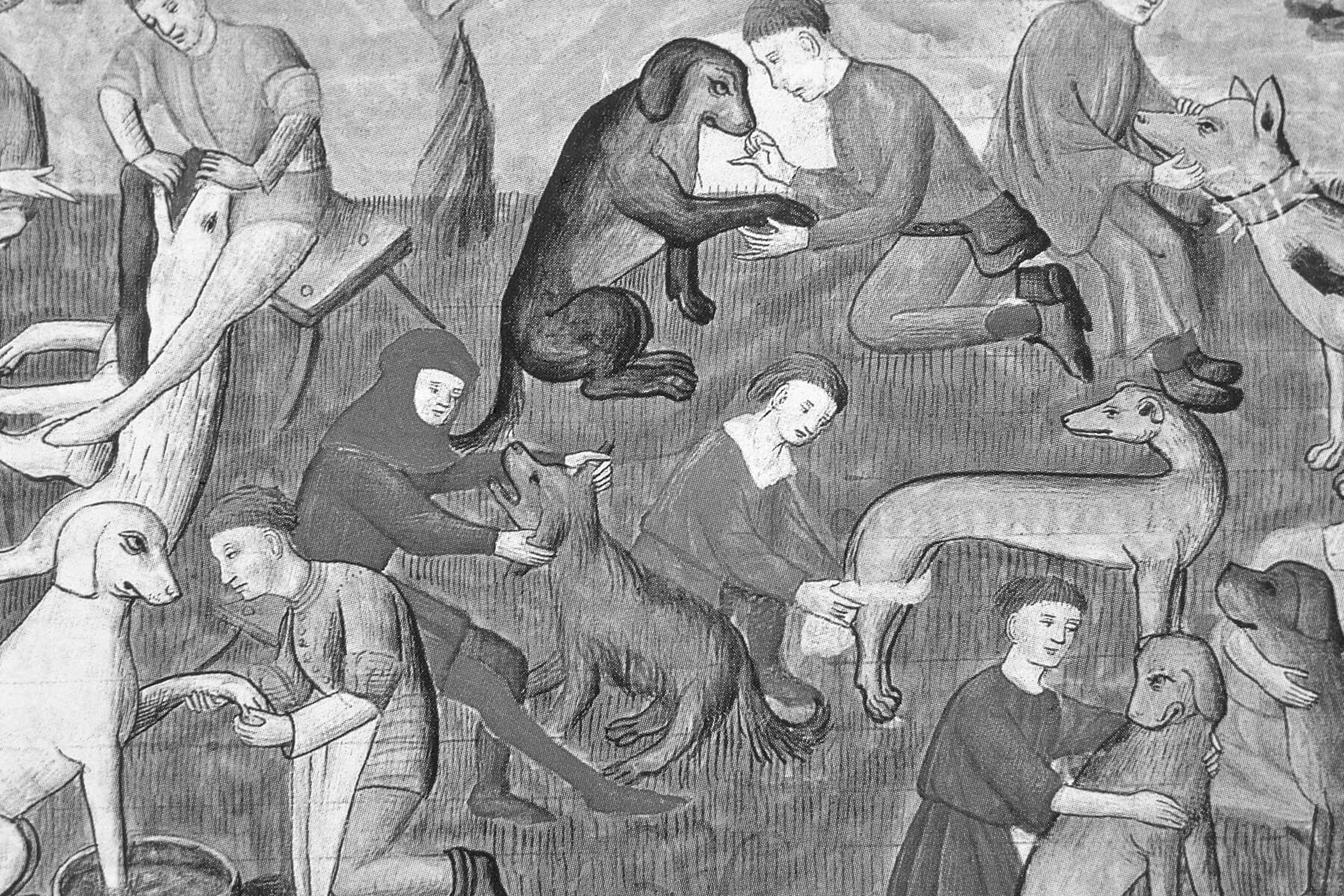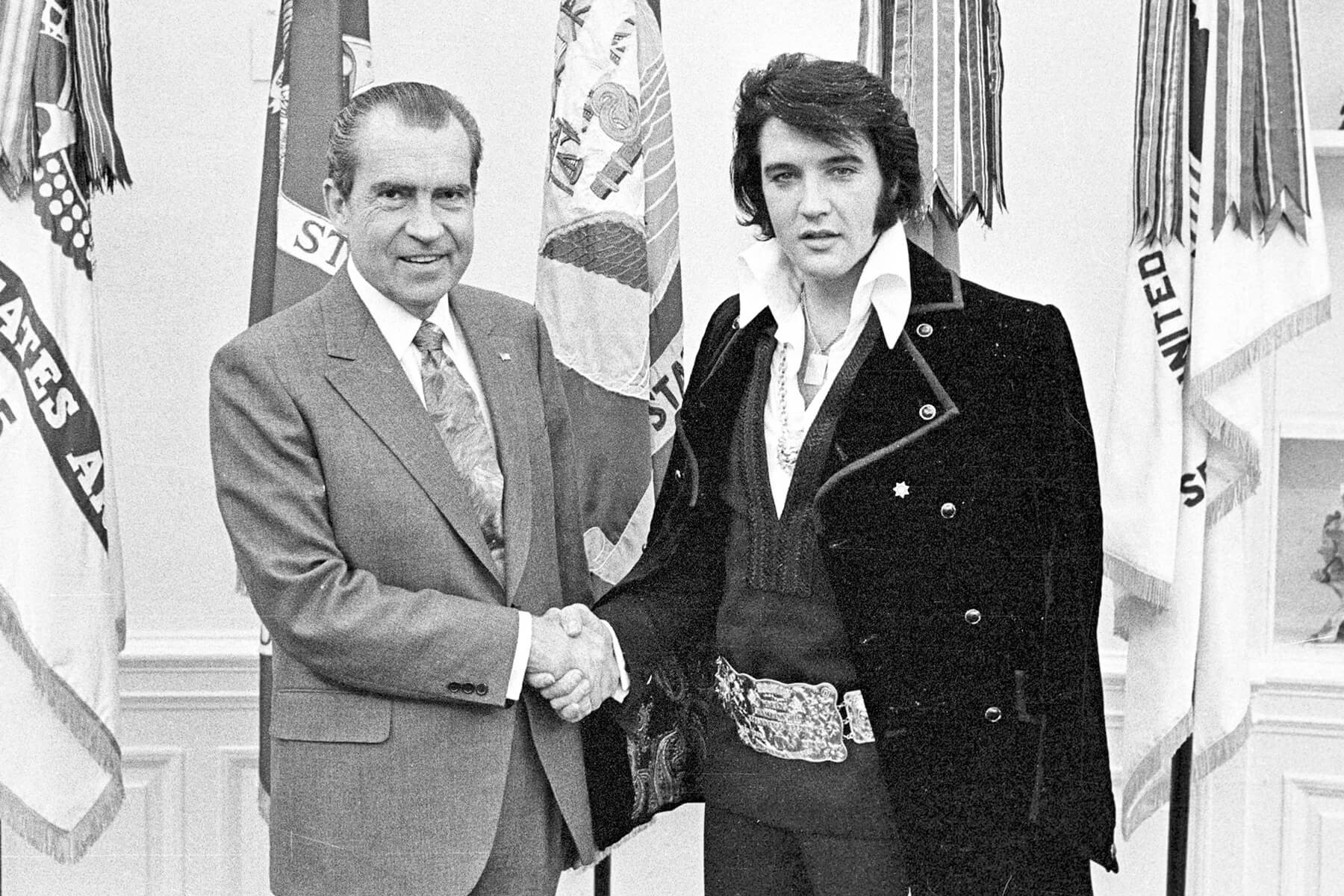 |
The ancient Romans had central heating. |
Science & Industry |
 |
| |
| Pushing heat through the floors and walls helped keep Roman baths comfortable, preventing sudden temperature changes when entering or leaving warm water. Some rooms were simply heated with no water at all, designed for sauna-like dry sweating. But hypocausts also heated the water itself as it entered the facility. As the water dropped down from the aqueduct, it would immediately pass over a furnace chamber before being piped into the facility. As the water cooled, it could be used for tepid or cold baths in the complex. Hypocausts have been around for at least as long as Roman baths themselves; the technology may have been borrowed from the ancient Greeks and improved upon. This ancient heating system can be seen today at various surviving Roman baths, including the Stabian Baths in Pompeii, built around 125 BCE. | |
 |  |
 | ||||||||||||||
By the Numbers | ||||||||||||||
| ||||||||||||||
| ||||||||||||||
 | ||||||||||||||
| ||||||||||||||
Ancient Pompeians had great teeth. | ||||||||||||||
| The ancient people of Pompeii had great hygiene, and not just because of their toasty bathing complexes. In 2015, scientists used advanced imaging techniques to study bodies of victims of the 79 CE eruption of Mount Vesuvius, which had been preserved with plaster in the 19th century. They found impeccably healthy pearly whites, even by today's standards. Researchers partially credit Pompeians' low-sugar, veggie-rich diet. The volcanic environment also gave their water excessively high levels of fluorine — something that was generally detrimental to their health, but may have had a hand in their oral hygiene. | ||||||||||||||
 | |||
Recommended Reading | |||
 | |||
| | |||
 | |||
| | |||
| + Load more | |||
| |||||||||
| Contact us | |||||||||
| Privacy Policy | |||||||||
| Terms of Use | |||||||||
| Do Not Sell My Info | |||||||||
| 700 N Colorado Blvd, #513, Denver, CO 80206 | |||||||||
|







0 komentar:
Post a Comment